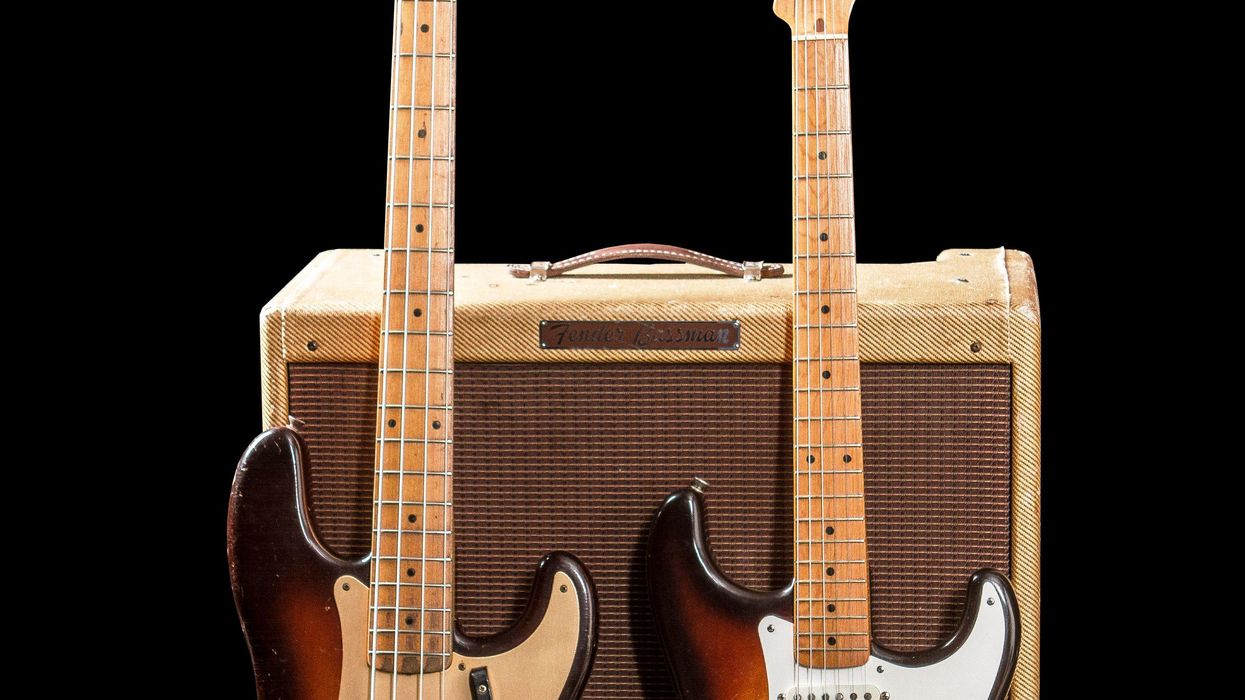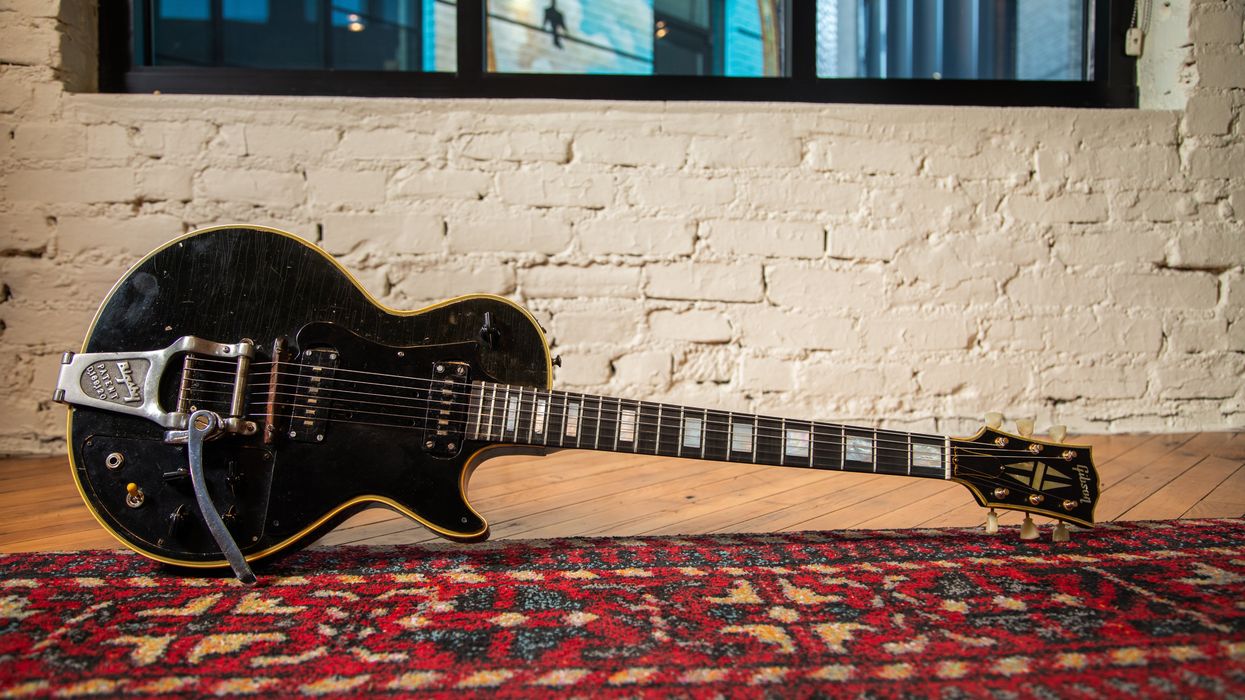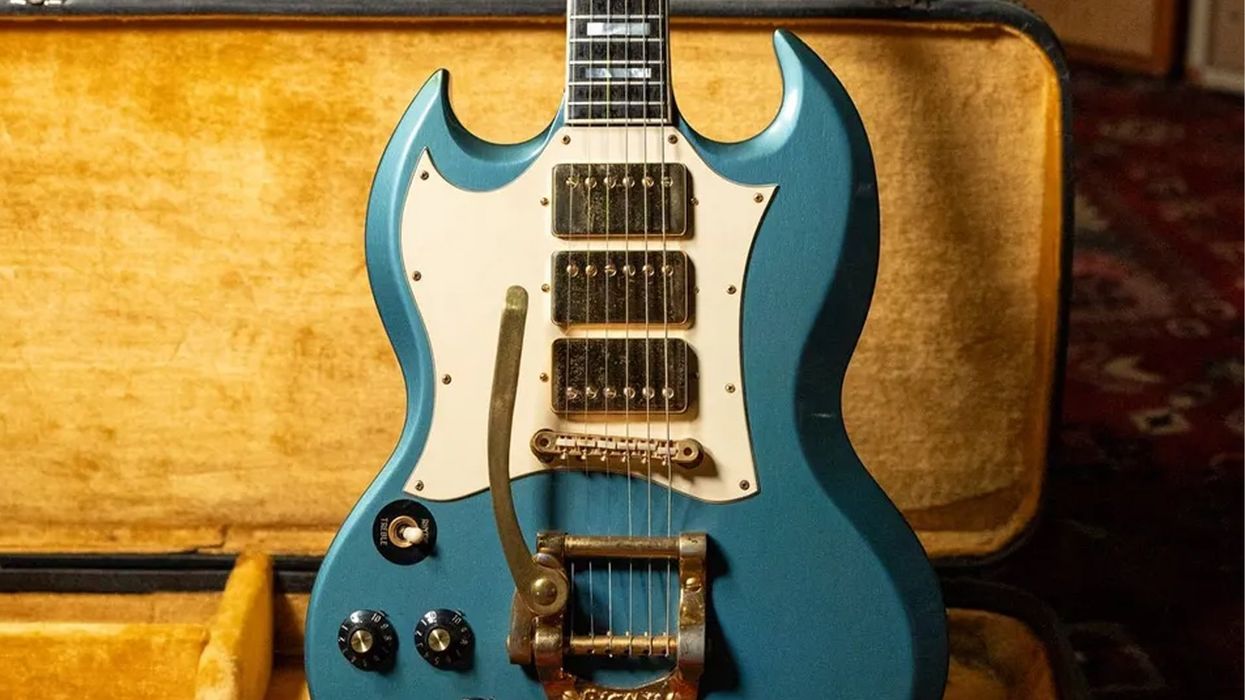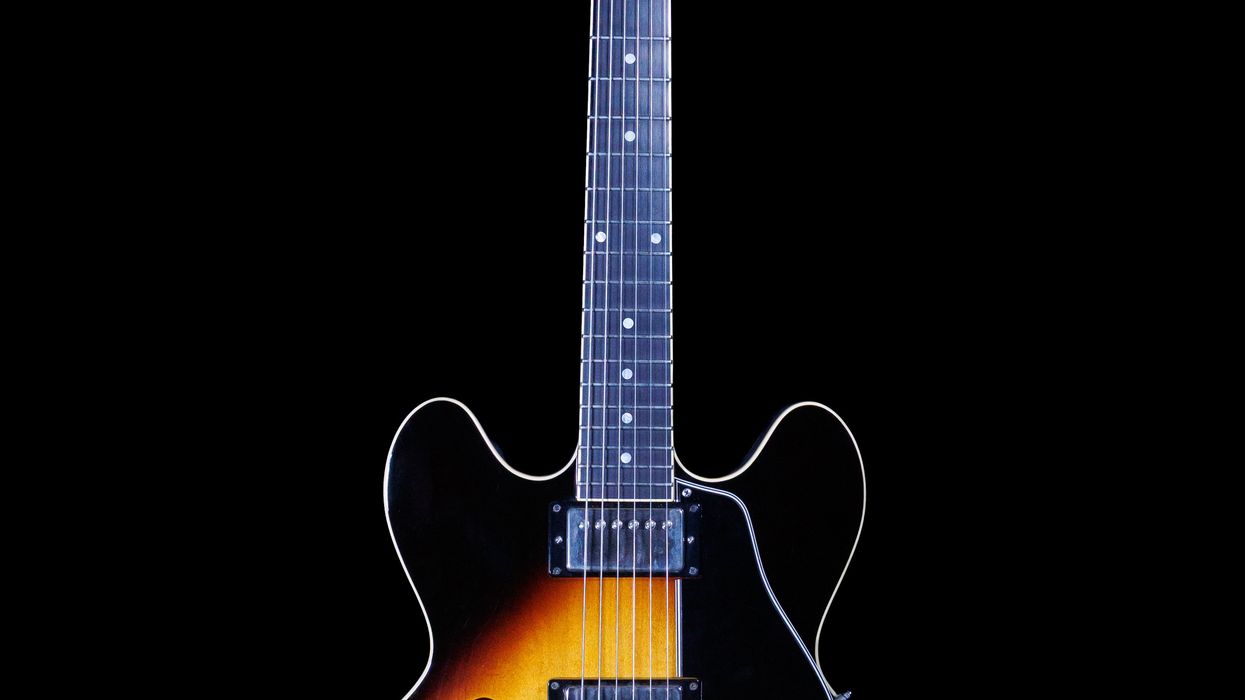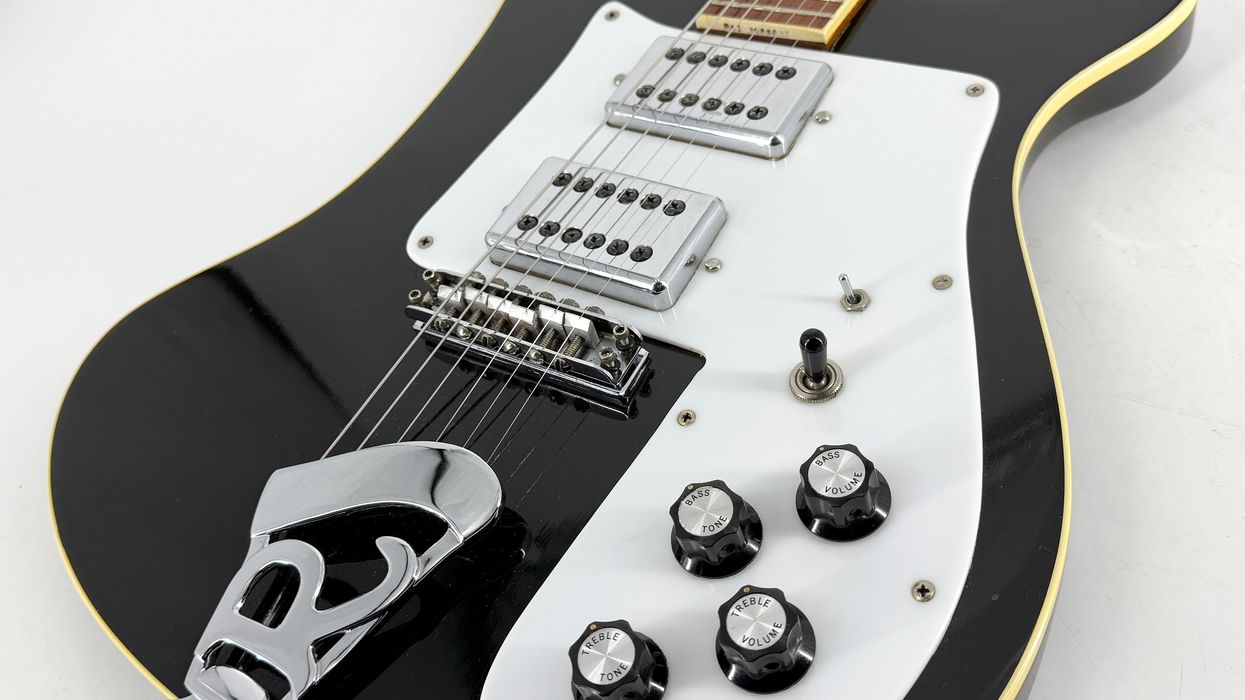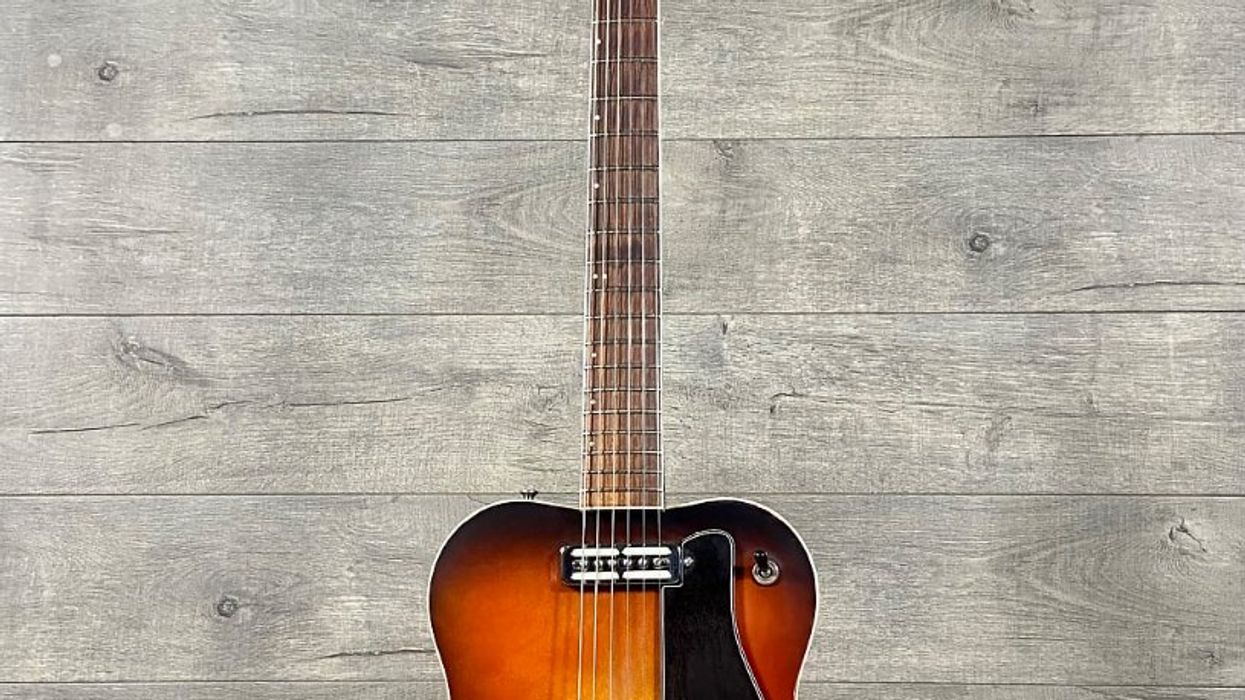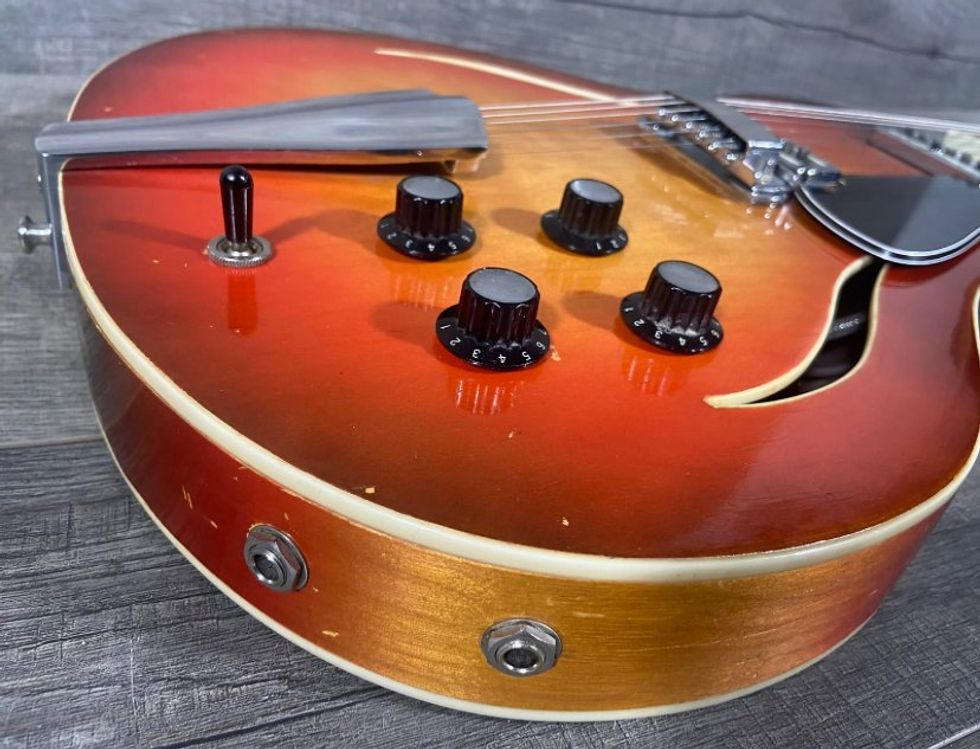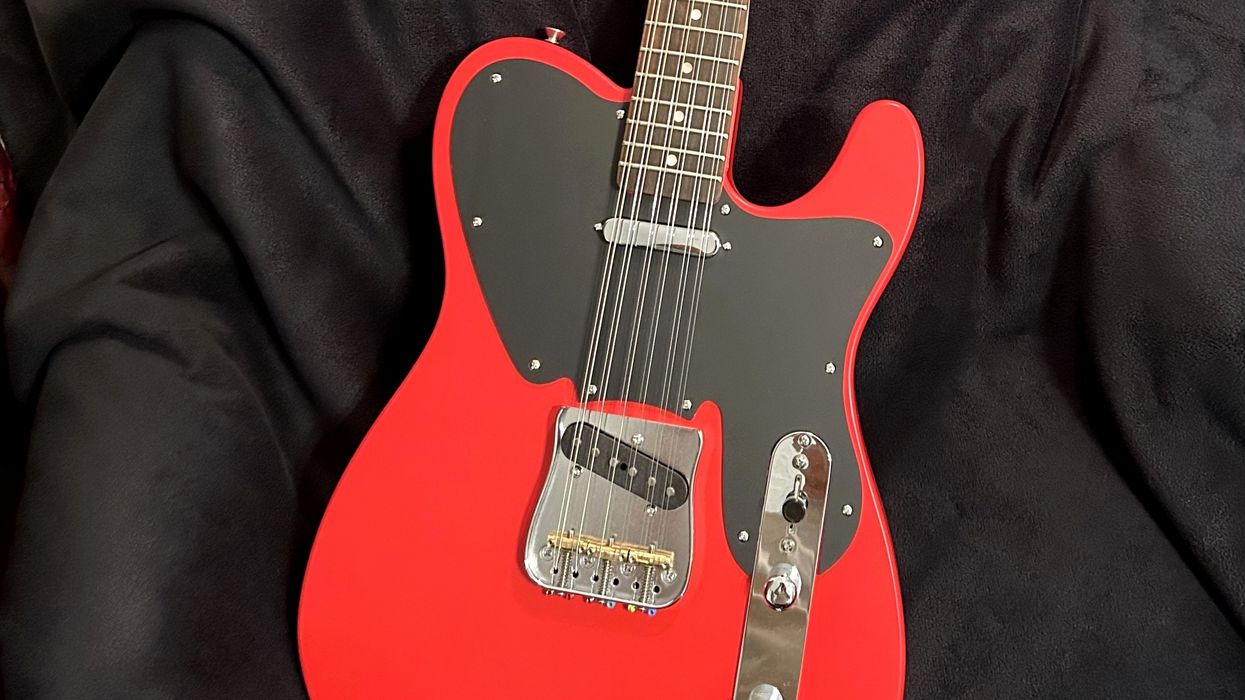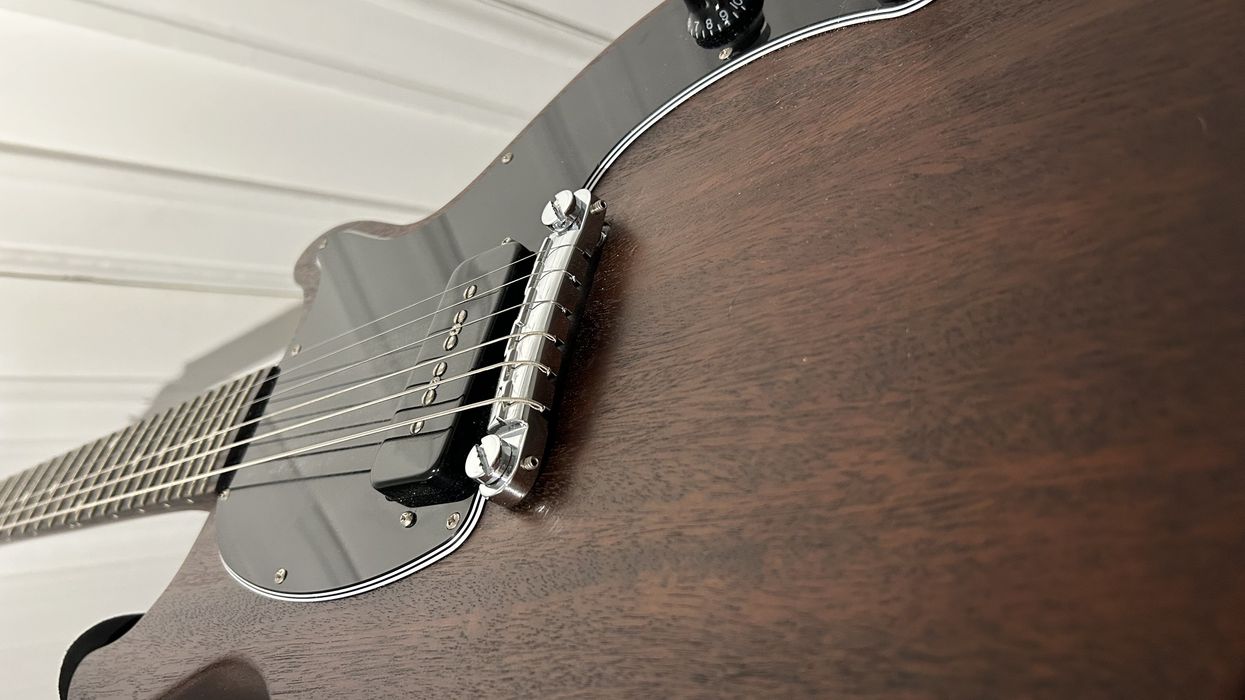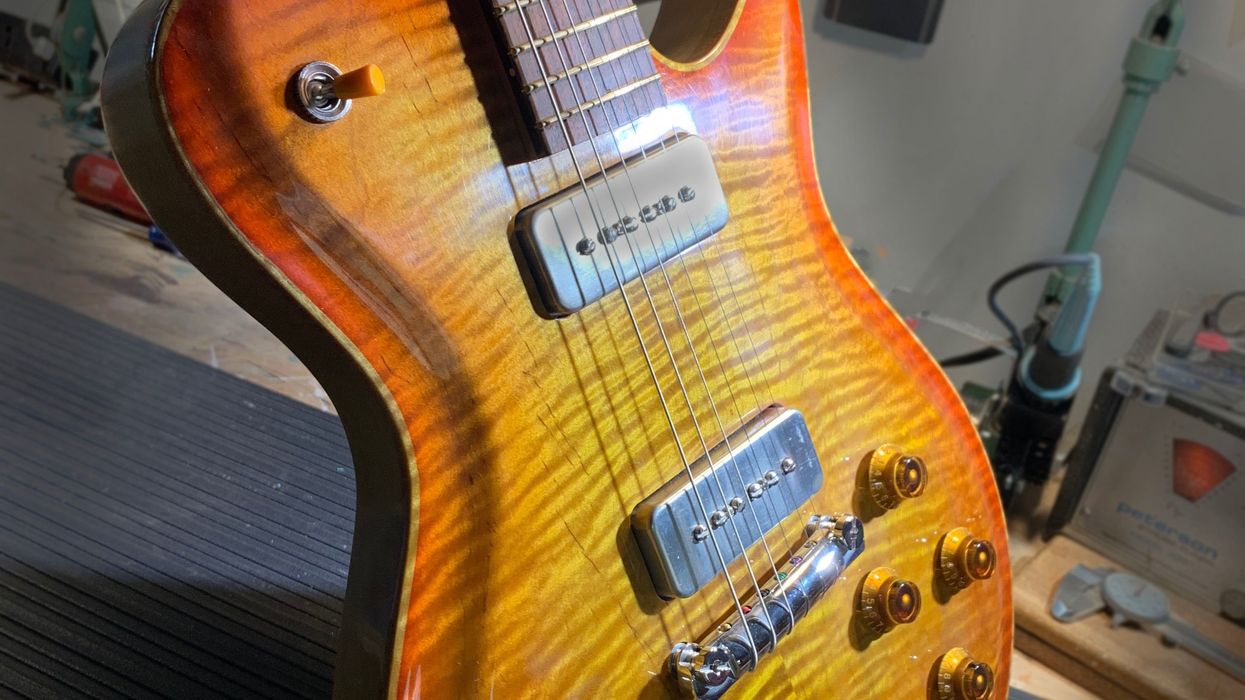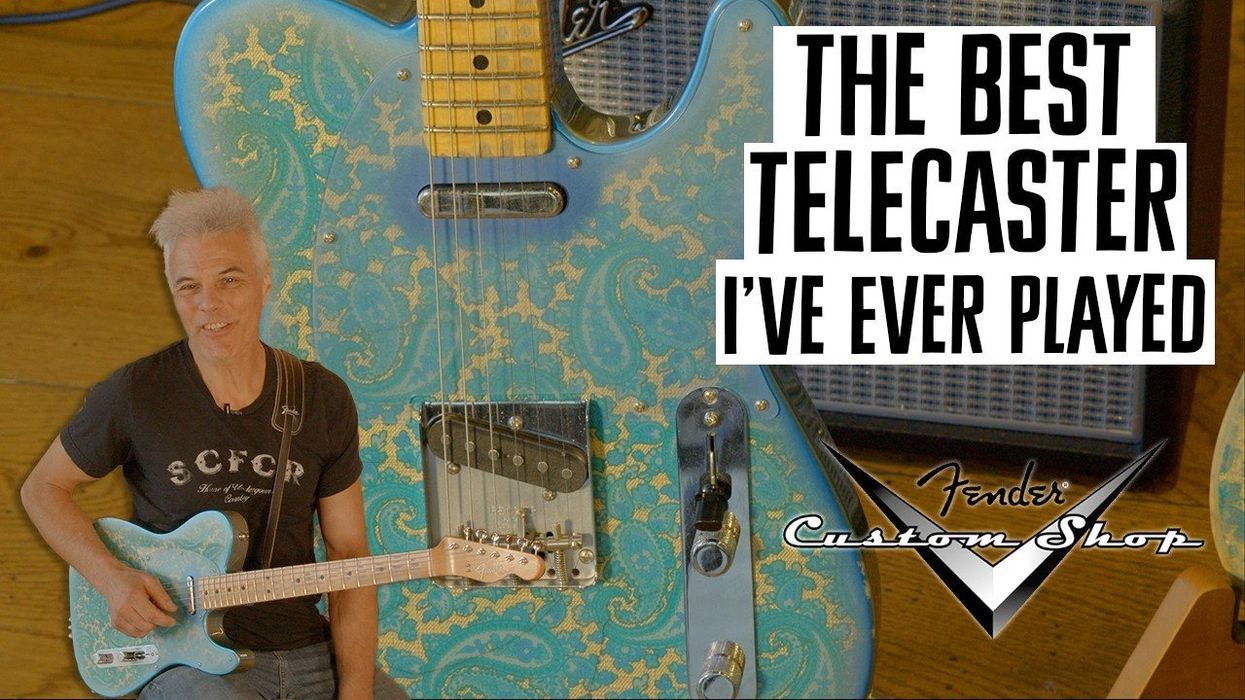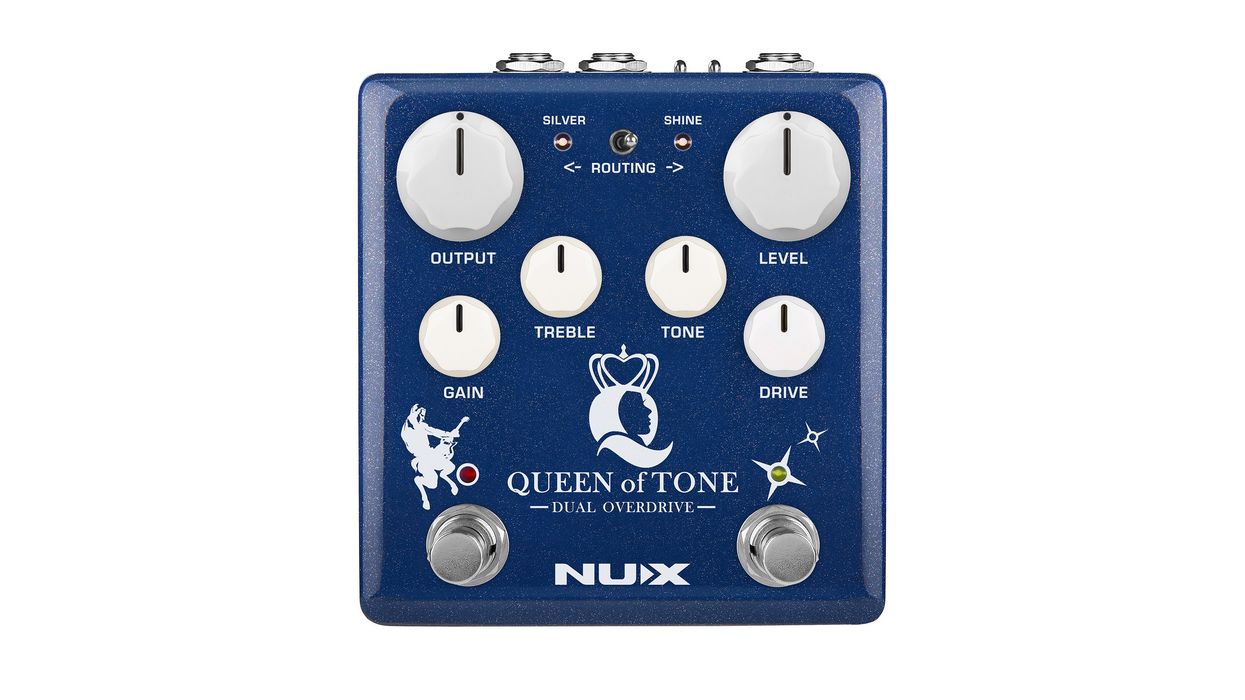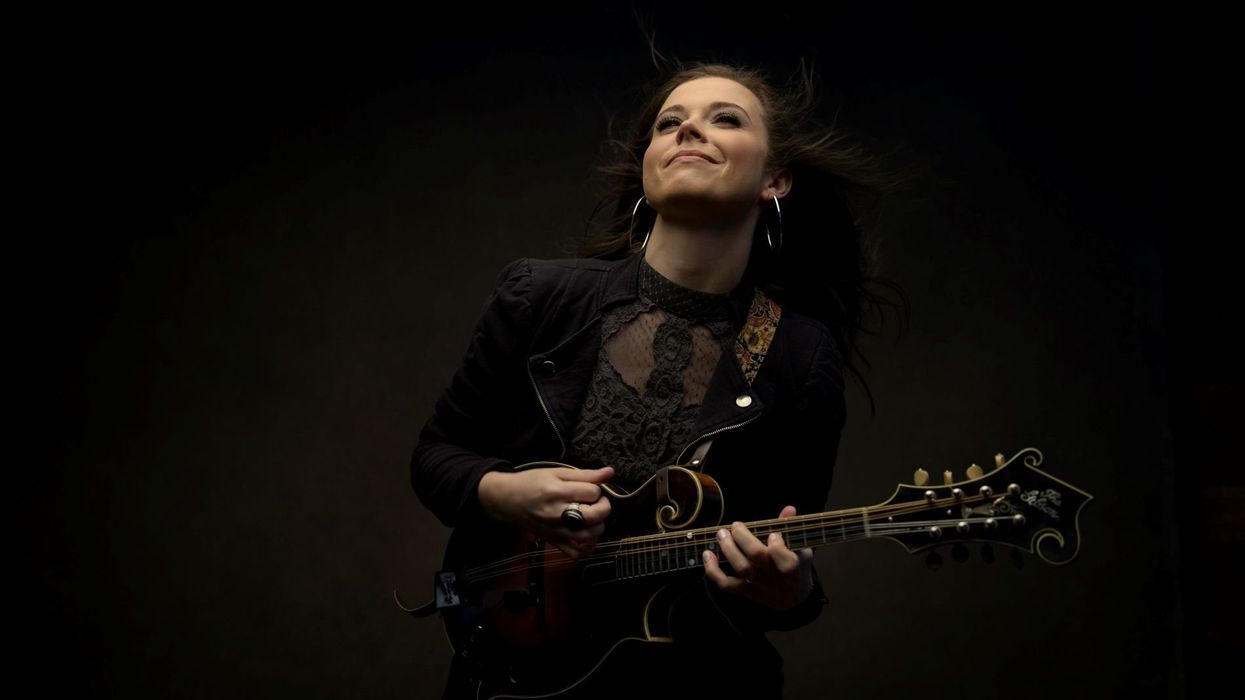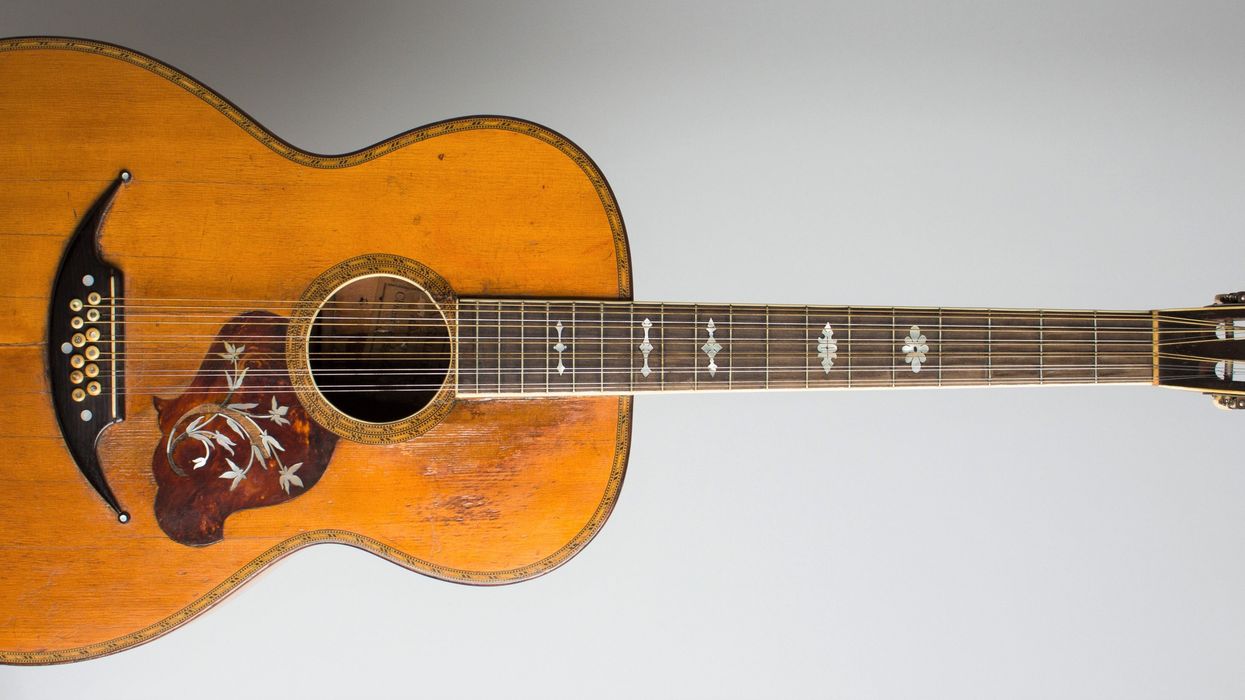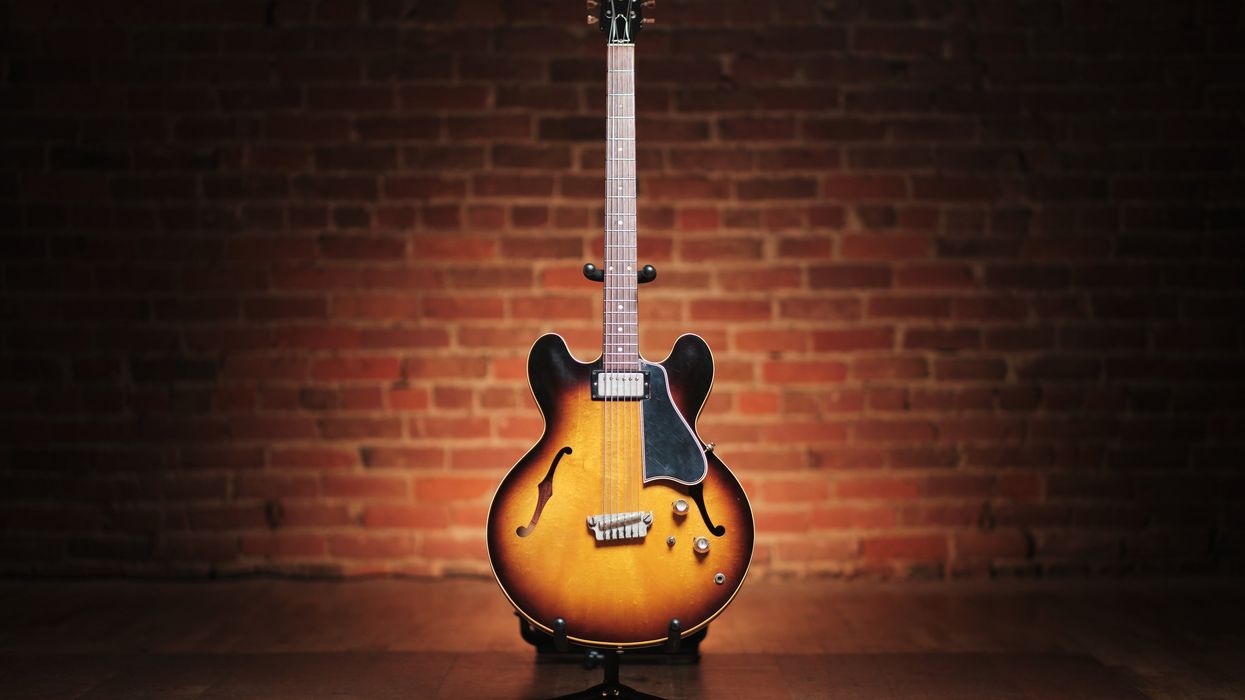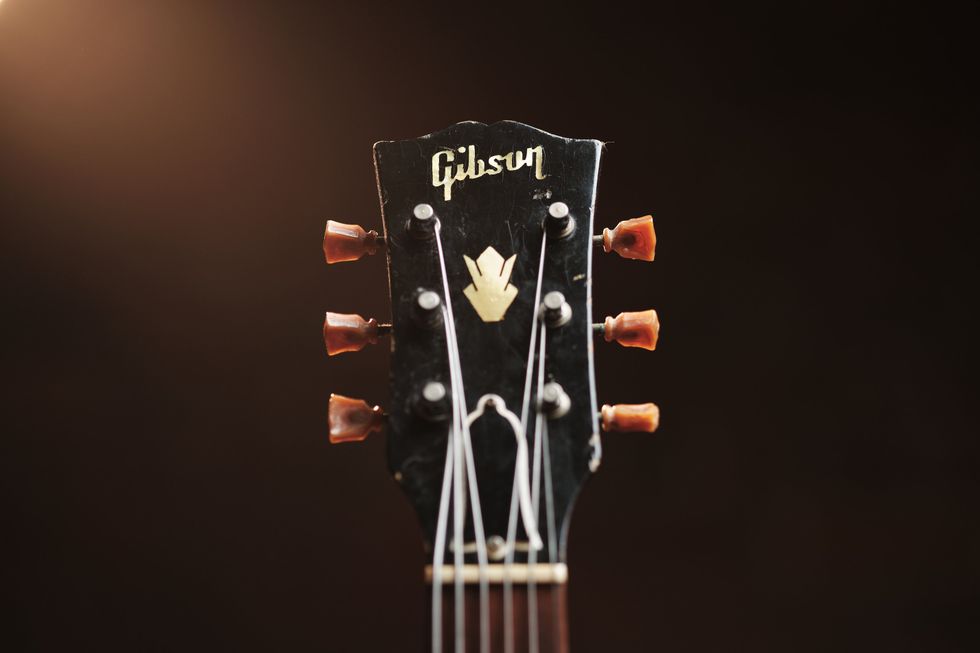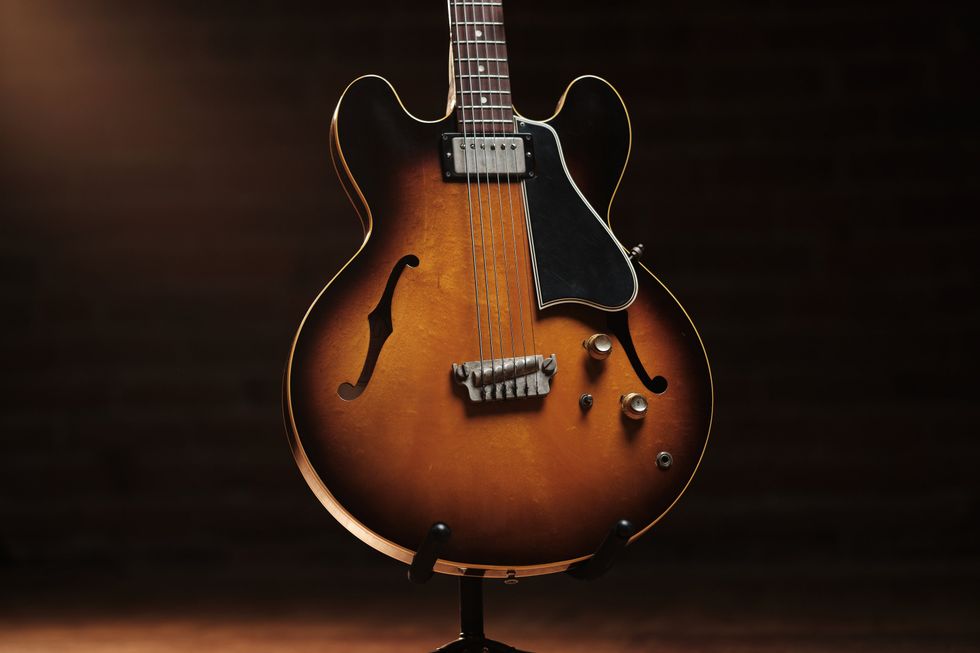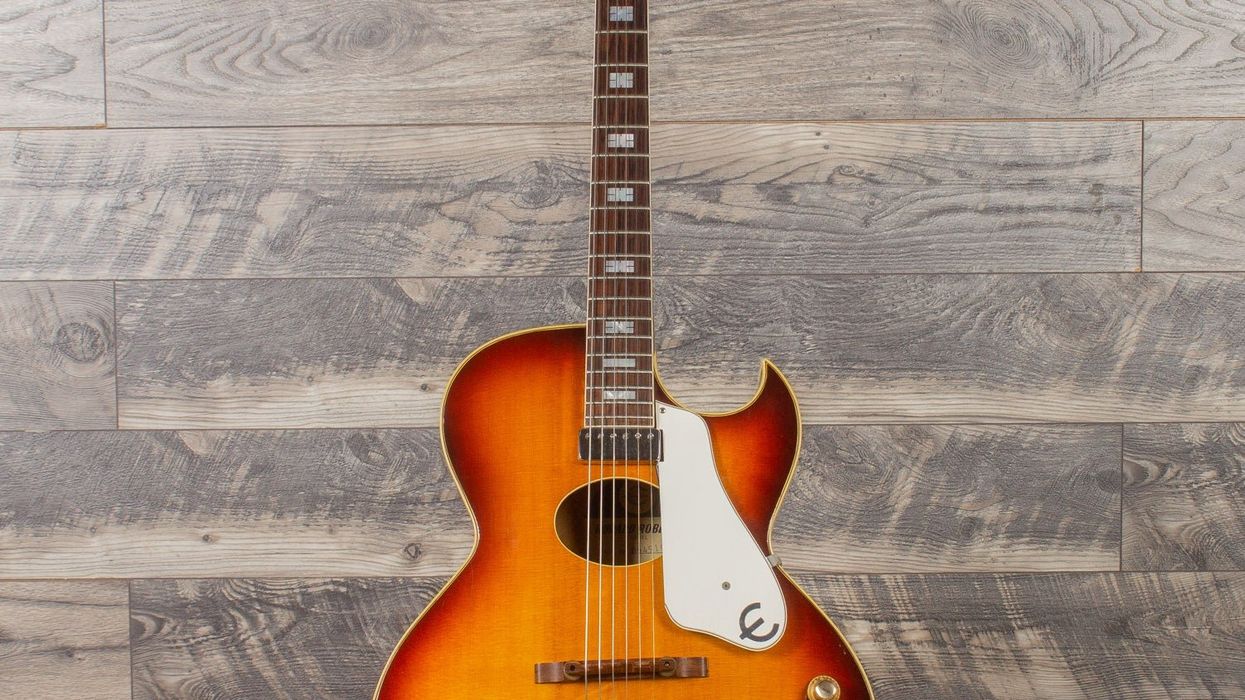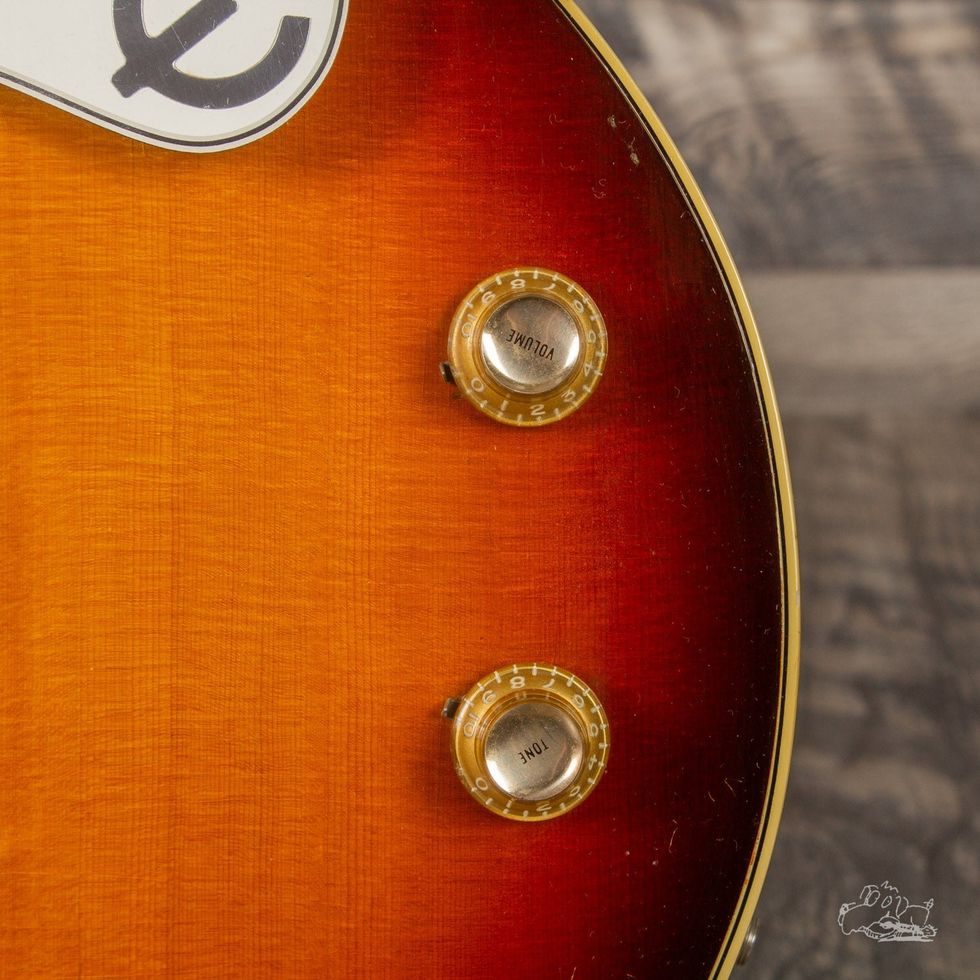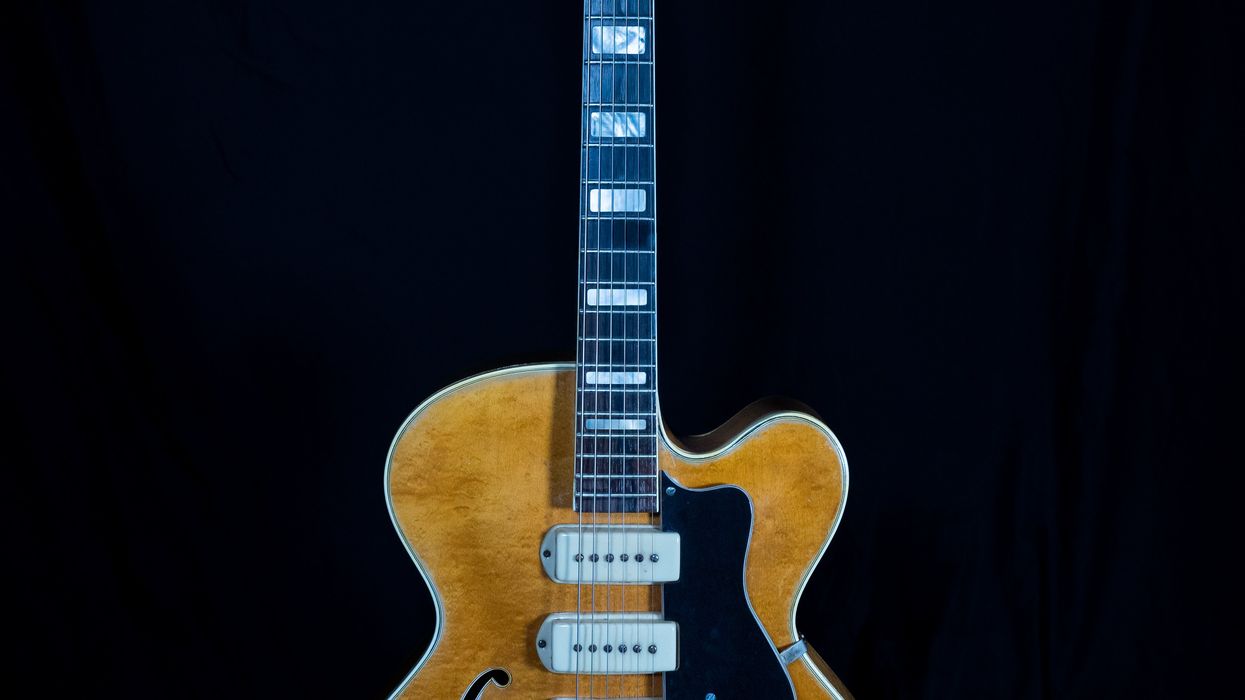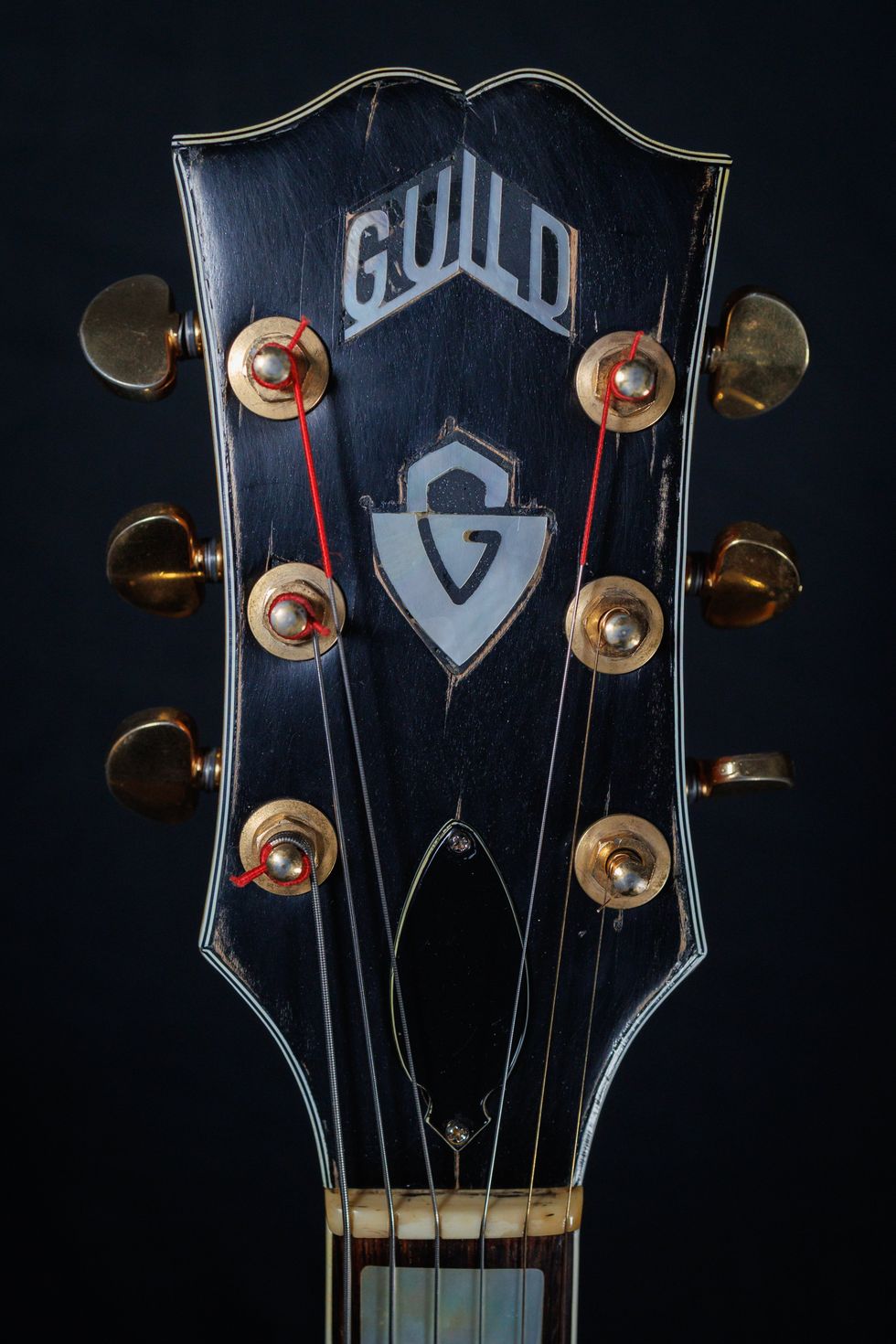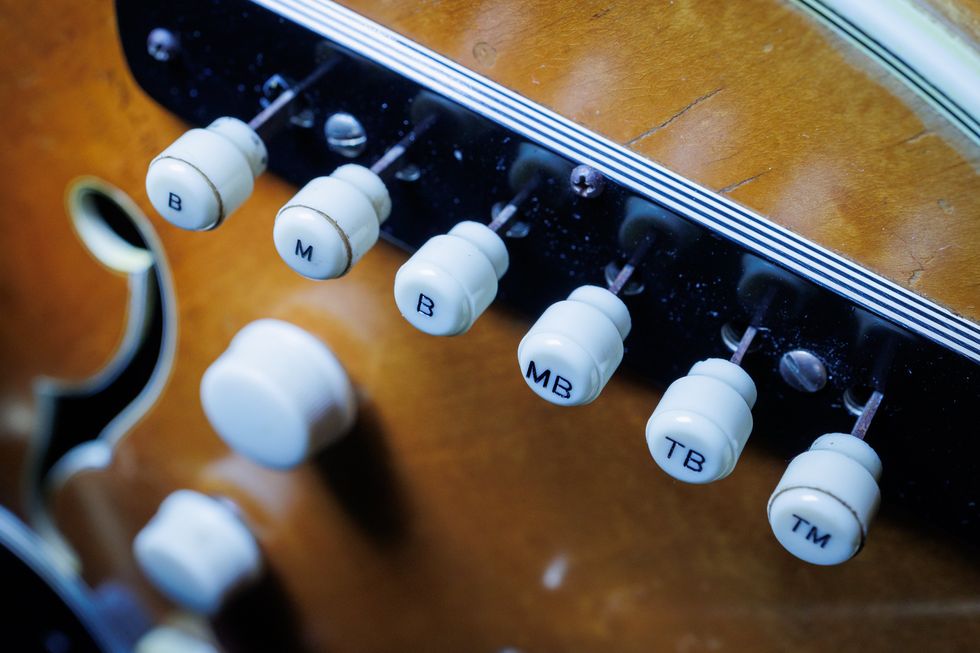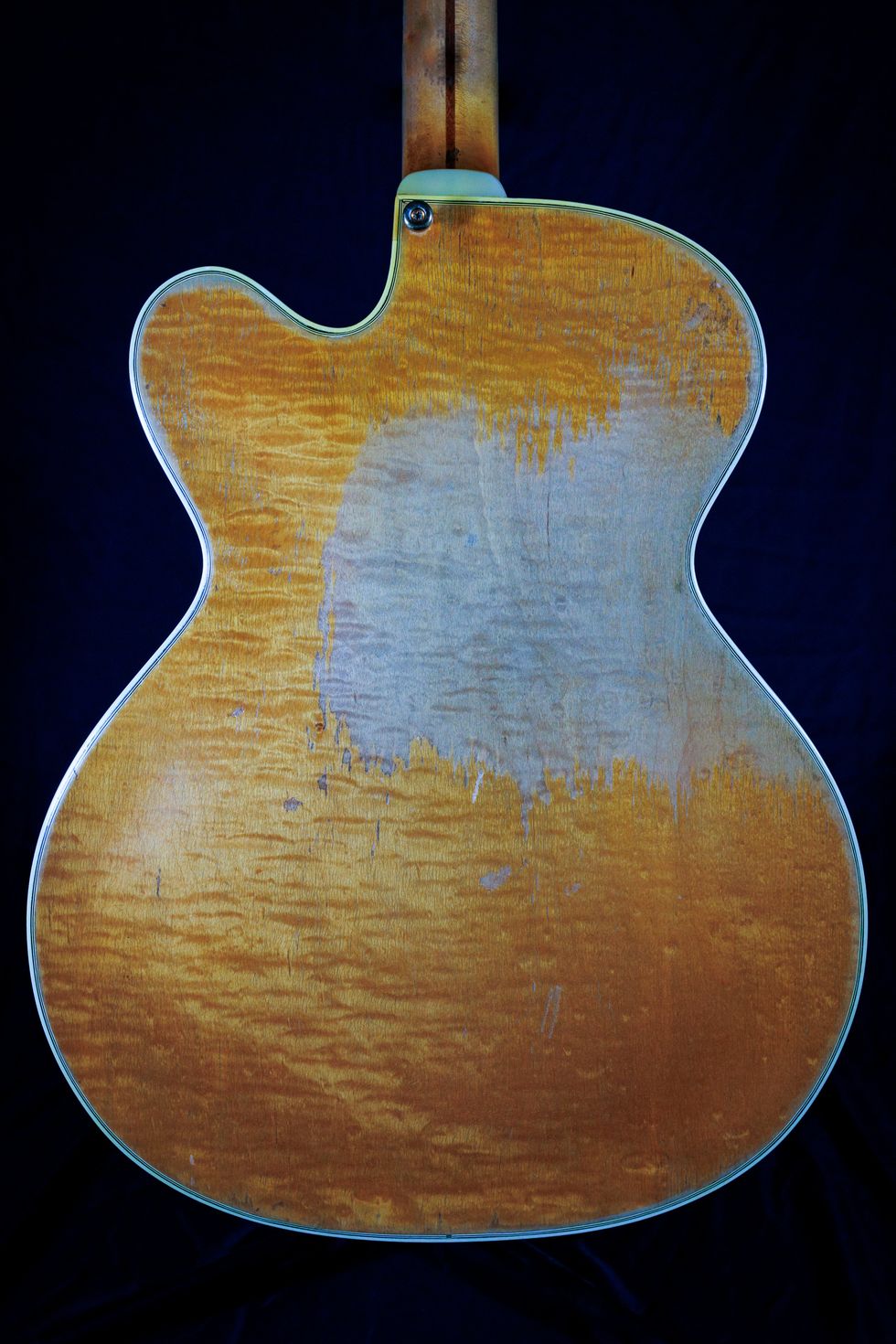If any of you have delved into the history of Fender—and how can you play guitar and ignore it?—you probably know that Leo Fenderintroduced the Precision bass in late 1951, following the success of his radical electric 6-string solidbody, the Telecaster. The P bass proved to be even more groundbreaking. The new-fangled guitar-sized instrument was widely embraced by bassists and guit-pickers alike, following its early appearance in the band of jazz vibist Lionel Hampton and, in rock, in the hands of Bill Black, who used one while supporting Elvis Presley in Jailhouse Rock.
In 1954, the Stratocaster was developed with input from players dissatisfied with the Telecaster. Their suggestions—which included a more comfortable body shape, an adjustable bridge allowing intonation for each individual string, and a vibrato system—were incorporated. As we all know, the Strat also added a third pickup and a second tone dial, providing it with more sonic options. The model also was the first Fender with a vibrato bridge. (For a wild example of early Strat vibrato, check out the Ike Turner instrumental “Prancin’.”)
These instruments were among the last of the 1-piece-maple-neck versions. By the middle of the year, a separate rosewood fretboard would be added to most Fenders.
The lines of the P bass more closely resembled those of the Strat than the Tele. In 1968, Fender would introduce the Telecaster bass, which more directly reflected the look of its original solidbody guitar. By 1957, the P bass’ headstock fattened up a bit, becoming more like the Strat’s, although larger. The P bass also received a new split humbucking pickup to replace the original single-coil.
By 1956, Stratocasters and Precision basses switched from ash to alder bodies and were available in two-color sunburst. By ’58, both models switched to three-color sunbursts. The early 1959 Stratocaster and Precision bass we see this month both have vivid, unfaded red in their finishes. These instruments were among the last of the 1-piece-maple-neck versions. By the middle of the year, a separate rosewood fretboard would be added to most Fenders.
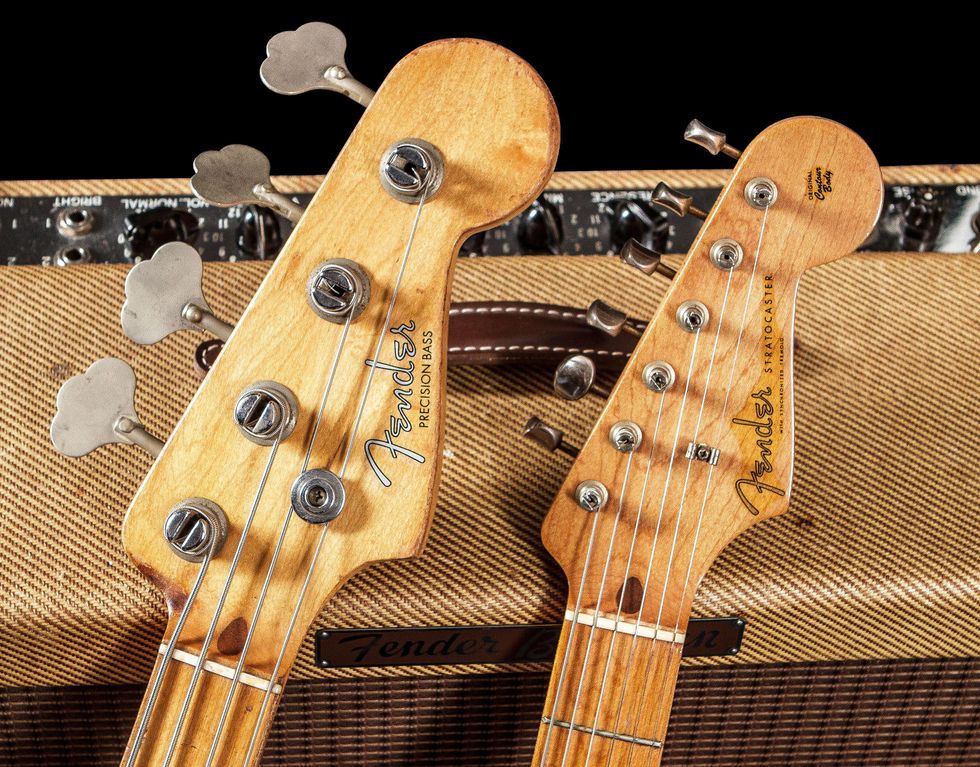
The headstock of the P bass was initially thinner, like that of the Telecaster, but it fattened up to more Strat-like proportions as the model’s first decade went on.
The original price for this 1959 Strat was $274.50. The current value is $40,000. And the original tag for the Precision bass was $219.50, while the current value is $10,000. If you’re wondering, the amp pictured is a 1958 Bassman Model 5F6-A. This is considered to be the classic version of this model amp. It was originally intended for bass, but guitar players also found it to be exceptional. Just ask Brian Setzer. This circuit was so revered that Jim Marshall pattered his early amps—especially the historic JTM45— after it. Two 5881 power tubes push 45 watts of power through four 10" Jensen speakers. The control panel houses two inputs each for bright and normal channels, volume controls for each channel, on/off and standby toggles, and presence, middle, bass, and treble chicken-head knobs. The original price was $339.50, and now it’s valued at $7,500.
Sources for this article include The Fender Stratocaster by A.R. Duchossoir, The Stratocaster Chronicles: Celebrating 50 Years of the Fender Strat by Tom Wheeler, The Fender Bass: An Ilustrated Historyby J.W. Black and Albert Molinaro, and Fender Amps: The First Fifty Years by John Teagle and John Sprung.
